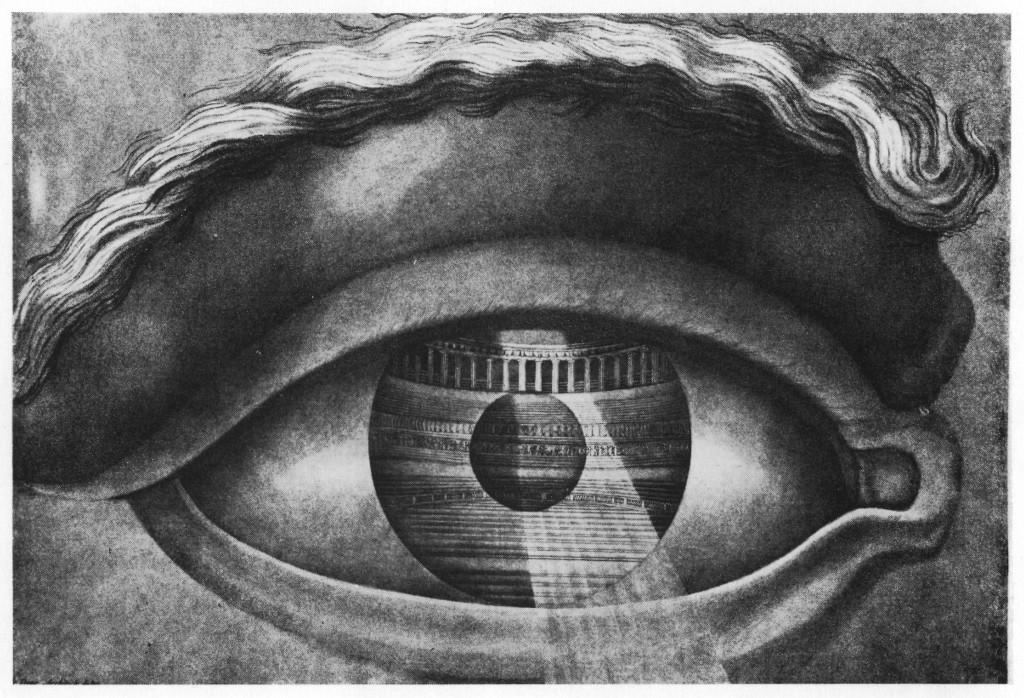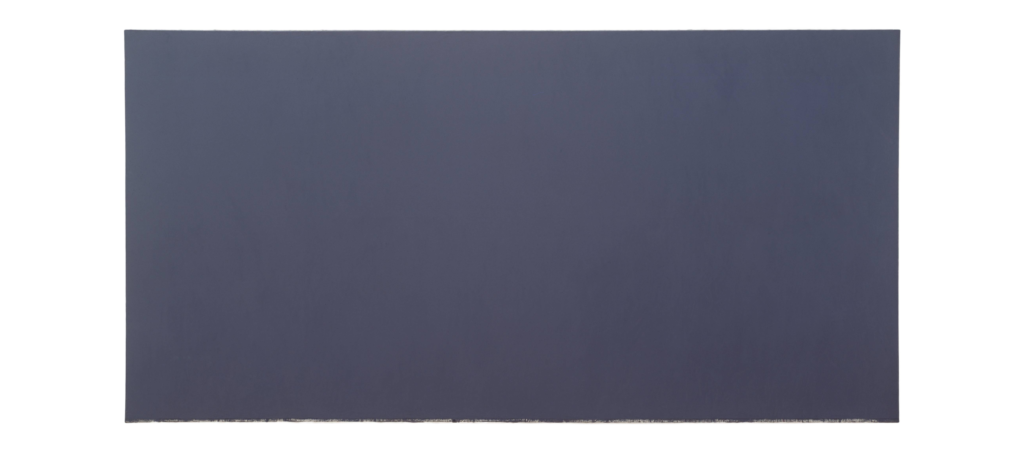
Human beings are essentially social creatures. For the most part, we enjoy hearing music, seeing movies, and looking at art with others as is evident by our copious clubs, theaters, galleries, and museums. The collective participation greatly enhances the experience. Often, we hear musicians speak about their love of the live show and riding the energy of the crowd. It’s a symbiotic relationship – this giving and receiving. A positive relationship develops between artist and observer (or in the case of musicians – the listener) when the desire for connection with others and with ourselves is fulfilled. This recognition and mirroring of emotions, desires, joys and fears – sharing a deeper part of our human experience that is beyond words or facts: that is the place where ‘art’ resides. It seems to me that this is an integral part of the human experience and the conversation we have with each other.
But what happens when the art stops partaking in that conversation? What happens when that connection is lost? We’ve all been to art exhibitions where we feel like running around screaming ‘The Emperor has no clothes!’ The art feels vapid and senseless – like a discussion not with the viewer but instead an insular conversation between art critics, curators, collectors, and the artists themselves. Values are conflated to obscene prices for works that seem so obtuse, so far removed from and devoid of human emotion and experience, that we wonder why they exist at all. And then we’re told that’s the point! And we feel conned all the more.
I’ve heard plenty of people walk out of such exhibitions saying “well, I don’t understand art.” Or “this must have some meaning that I don’t get (or I’m not educated enough about art to get it).” And the inner circles of the artistic elite can pat themselves on the back with self-reverential nods of smugness for being ‘in the know’.

The history of art that we read today is the history as told by the critics, the collectors, and the Contemporary Art institutions. Those people and institutions have a vested interest in propping up their own ideology so that they look to be the absolute next obvious iteration of a long and storied past. It is easy to believe it. Afterall, with works of some of the more well-known contemporary artists commanding prices in the millions as well as showing up in some of the most prestigious museums in the world, one could be forgiven for assuming it to be ‘great art’. One could also see how this art requires stories to continue to prop itself up and validate the price it commands. The Koons and Hirsts of the world are the tip of the iceberg of modern contemporary art and it’s intellectualized post-modern view. Most Art History books place this modernist tip – this intellectualized view – as the period on the end of the sentence of the lineage of art.
“In the beginning we got rid of nineteenth-century storybook realism. Then we got rid of representational objects. Then we got rid of the third dimension altogether and got really flat (Abstract Expressionism). Then we got rid of airiness, brushstrokes, most of the paint, and the last viruses of drawing and complicated designs… [And[ there, at last, it was! No more realism, no more representation objects, no more lines, colors, forms, and contours, no more pigments, no more brushstrokes. …Art made its final flight, climbed higher and higher in an ever-decreasing tighter-turning spiral until… it disappeared up its own fundamental aperture… and came out the other side as Art Theory!… Art Theory pure and simple, words on a page, literature undefiled by vision… late twentieth-century Modern Art was about to fulfill its destiny, which was: to become nothing less than Literature pure and simple”.
– Thomas Wolfe, The Painted Word
Where did the art of the human experience go? Where is the art that reflects, acknowledges, and transcendes joy, sadness, pain, and the inevitable mystical edges that come along with the pushing of those boundaries?